- Home
- Instruments
- Gear
- Recording
- Lessons
- Reviews
- Blog
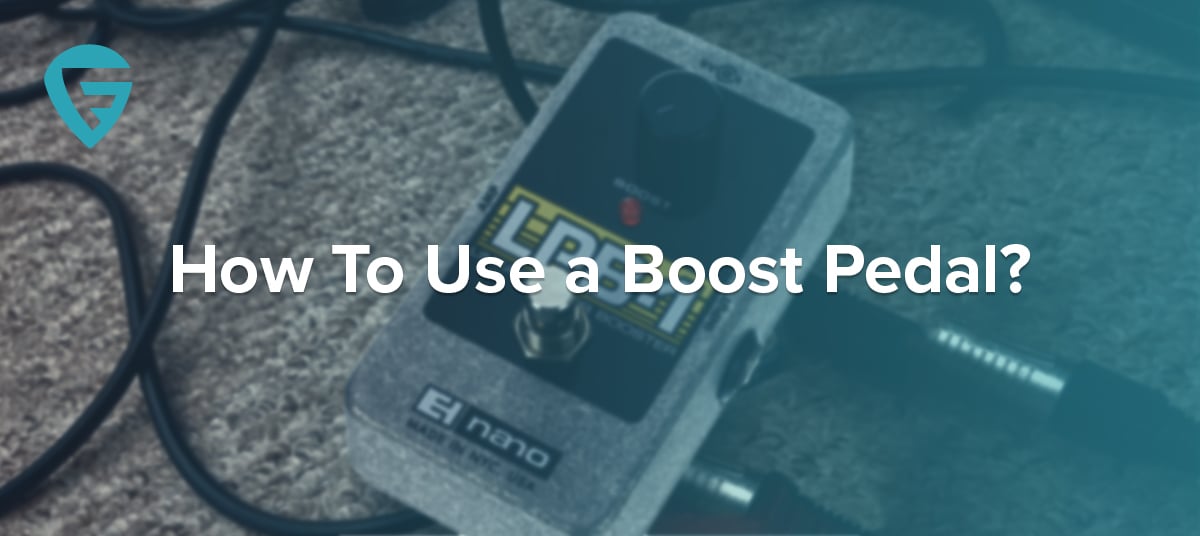
Boost pedals are among the most overlooked pedals today, yet they are also among the most versatile. Not everyone understands what this effect does for your signal chain. If you are one of those people, you should check out our article that answers this question in detail ‘Boost Pedals Explained'.
Those who do know what boost pedals are used for, definitely benefit from having them on their pedalboards. One of the most frequent questions that come up when boost pedals are mentioned, is how to properly use them. There are some debates regarding this, but it mostly comes down to your personal taste and the selection of gear you have available.
Today we are going talk about different ways you can put a boost pedal to work, and what kind of results you can achieve. If you are new to boost pedals, you are in the right place. With that said, let's dig in.
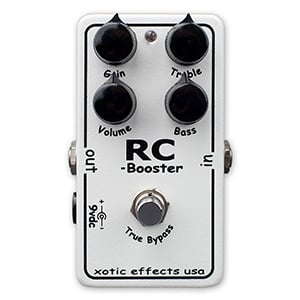 Even though we've pointed you to a dedicated article regarding this matter, we're going to briefly touch on this subject. An average boost pedal is often defined as an additional source of volume for your guitar. You can imagine it as having that volume knob go from 1 to 20 instead of 1 to 10.
Even though we've pointed you to a dedicated article regarding this matter, we're going to briefly touch on this subject. An average boost pedal is often defined as an additional source of volume for your guitar. You can imagine it as having that volume knob go from 1 to 20 instead of 1 to 10.
Some people mistakenly put boost and volume pedals in the same bunch. These two are anything but similar. A volume pedal acts as a volume knob that you can control with your foot, but it doesn't add anything to the amount of output your guitar is capable of producing. So how do you use a boost pedal? There are several main ways to use them, and we are going to explain each one for you.
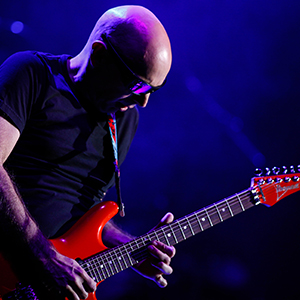 A lot of guitar players like to use boost pedals when they need to play a solo. If you think about it, a band is going to adjust their levels in a way that achieves some sort of balance. With that in mind, the lead guitarist might not be able to cut through the band with enough force when time comes to play a solo.
A lot of guitar players like to use boost pedals when they need to play a solo. If you think about it, a band is going to adjust their levels in a way that achieves some sort of balance. With that in mind, the lead guitarist might not be able to cut through the band with enough force when time comes to play a solo.
This results in a rather weak solo that is struggling to even be heard in the first place. A boost pedal solves this problem in an elegant way. By activating a boost pedal during your solo, not only will you get more volume and thus cut through the mix, but you also gain additional definition.
Boost pedals don't affect the color of your tone, at least the good ones don't, but they do force the amp to work a bit harder. The result is a much more refined tone which you probably wouldn't be able to get otherwise. There are many great boost pedals that will give you a quality experience.
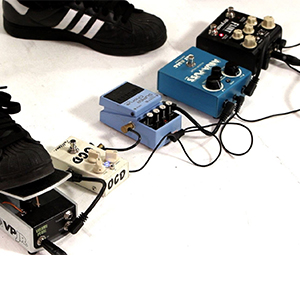 Here's an interesting bit of trivia on boost pedals. They were the basis on which modern overdrive pedals were created. With that said, using a boost pedal to induce a natural and organic type of overdrive in a tube amp is what most guitar players use them for today.
Here's an interesting bit of trivia on boost pedals. They were the basis on which modern overdrive pedals were created. With that said, using a boost pedal to induce a natural and organic type of overdrive in a tube amp is what most guitar players use them for today.
Once you set everything up properly, pushing that stomp switch will overload the tubes just enough for them to start distorting the signal. Think of it as a very light overdrive that is much more gentle than even your OD channel, if you have one. This type of tone is perfect for those situations where you need to use the clean channel, but you want to give it some bite.
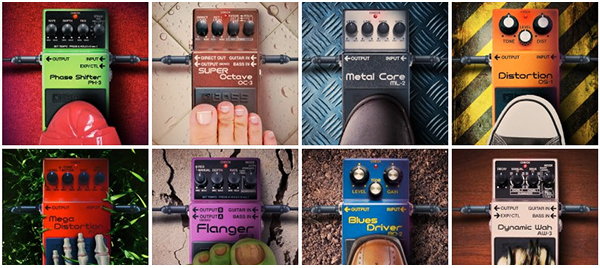
In this day and age, having a complex pedalboard is perfectly normal. However, despite the fact that you can create just about any type of tone with that setup, there are some drawbacks regarding their use. As you daisy chain multiple pedals together, some will have true bypass while others won't. Add to that the length of the cabling you are using, and your signal is bound to suffer in some way.
The most obvious issue that comes to mind is that loss in signal integrity. When you reach a certain number of pedals in your chain, you will notice that the signal is getting weaker. A boost pedal is a perfect remedy for this issue, and most of the others that can happen under these circumstances. On top of that, you will get a lot more definition from the pedals you are using.
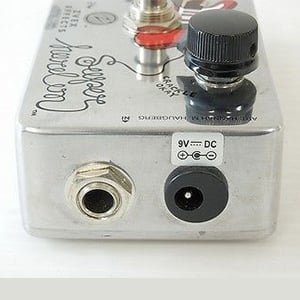 Since not everyone has a tube amp, boost pedals can be great for enhancing the effect of a distortion/overdrive pedal you have available. Just place it before your distortion in the signal chain, and watch your tone gain a significant amount of girth. Not only that, but you will also gain a decent amount of definition. That is something definitely want if you want a cleaner sounding distorted tone.
Since not everyone has a tube amp, boost pedals can be great for enhancing the effect of a distortion/overdrive pedal you have available. Just place it before your distortion in the signal chain, and watch your tone gain a significant amount of girth. Not only that, but you will also gain a decent amount of definition. That is something definitely want if you want a cleaner sounding distorted tone.
Boost pedals are among the few guitar effects pedals that are simple but have a wide scope of applications. The ones we have described above are just the most common ways to use a boost pedal. Placing them in different locations in your signal chain will yield different results.
This also depends on the specific models of pedals you are using, so count on doing some experimenting if you really want to see how a boost pedal impacts your particular tone. With that said, boost pedals are also among the cheapest ones you can get at the moment. We are not talking about mediocre models either.

Scott Jennings says
Ok, I need help. I have an EP Booster that I gave up on. Just got the LPB-1 by EH and am having the same issues.
I mainly need a volume boost and maybe a bit of bite added for my leads. (We run our own sound, so this is a necessity!)
Now, here’s the wrench…I’m a Line6 guy. Using the Amplifi150 with the G10 wireless.
With that said, is it even possible to achieve my goal with my cuurent rig?
Thanks,
Scott J